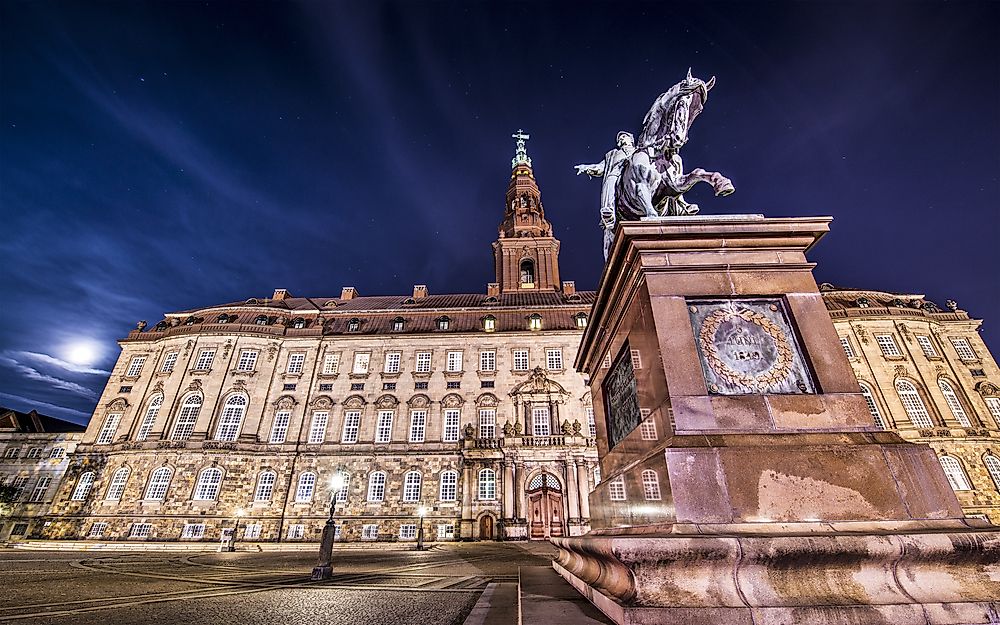When Did Denmark Become a Country?

Denmark, or the Kingdom of Denmark as it is officially called, is a sovereign Nordic state. Of the Scandinavian countries, Denmark is the southernmost. The country is to the southwest of Sweden, Norway to its north, and Germany to the south. The autonomous countries of the Faroe Islands and Greenland, which are in the North Atlantic Ocean, are also part of the Kingdom of Denmark. A peninsula, an archipelago of 443 islands, and Jutland all combine to form Denmark proper. Excluding the autonomous states of Greenland and the Faroe Islands, Denmark has an approximate are of 16,573 square miles. Including the two states, then Denmark has an area of about 853,509 square miles and a populace numbering 5.78 million as per a census in 2018.
History
Initially, in the 10th century, the Kingdom of Denmark was inclusive of Denmark, Norway, and Sweden. All these three states were ruled as one in the struggle for gaining control of the Baltic Sea. Established in 1397, the Kalmar Union led the kingdom until Sweden seceded from the kingdom in 1523. The remaining two countries remained under the union until it was dissolved in 1814 by outside forces. Afterward, Denmark inherited the Faroe Islands, Iceland, and Greenland. However, there were plenty of ceding of territory to neighbors Sweden in the early periods of the 17th century. During all this time, after the disintegration of the Kalmar Union, the Kingdom of Denmark was under an absolute monarchy that had been established in 1660.
The absolute monarchy that was in control was brought to an end on June 5, 1849, when the Constitution of Denmark was signed. In exchange for the absolute monarchy, a constitutional monarchy was established and organized as a parliamentary democracy. The capital city, Copenhagen, houses the national parliament and most of the main parts of the government. Further, the Danish Kingdom has devolved powers for the purposes of handling internal matters. The Faroe Island saw home rule established in 1948 while Greenland saw the same in 1979. Even further freedom was established recently in 2009. The state joined the European Union in 1973 when it was still called the European Economic Community. Even though it is a member of the EU, Denmark was able to maintain its own coinage; the krone. The country is also among the founding members of certain bodies such as the European Free Trade Association, NATO, the United Nations, the Nordic Council, and other international bodies.
The Faroe Islands and Greenland
As earlier stated, the kingdom of Denmark is comprised of the above constituent states. Technically, they are under the Danish authority. However, over time, these parts have become their own administrative regions over time on account of their different cultures and traditions. That is why they both gained home rule, having had a previous state of being counties. From the Danish government, High Commissioners are sent to the two states to act as representatives in the Greenlandic Parliament and the Faroese Løgting, although they have no voting powers. In fact, the Faroese government is more or less equal partners with the Danish government. On the other hand, the Greenlandic folk are perceived as a separate people with self-determination rights.











